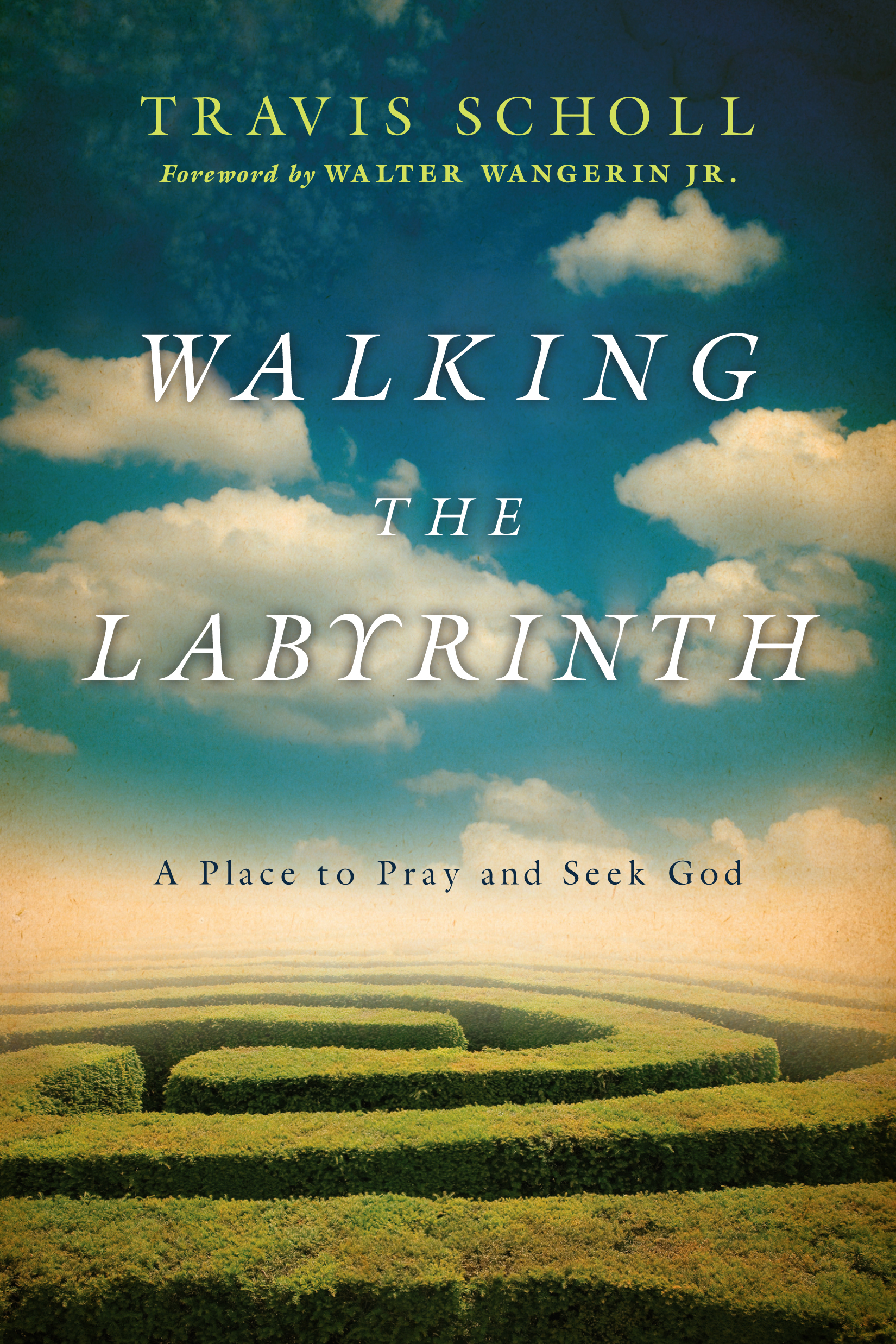 Travis Scholl, editor of our own Concordia Journal, has recently published a new book that takes us on the winding path of Mark’s Gospel. Travis’ rediscovery of the ancient labyrinth one Lenten season led him to reflect on the pilgrimage of faith, especially as one follows Him whose path leads to the cross. A devotion, a spiritual auto-biography, an invitation–Travis Scholl’s Walking the Labyrinth is an opportunity to explore more deeply the Christian journey that, beyond its many twists and turns, leads ultimately through death into life. Read the recent interview with Travis in the St. Louis Post-Dispatch.
Travis Scholl, editor of our own Concordia Journal, has recently published a new book that takes us on the winding path of Mark’s Gospel. Travis’ rediscovery of the ancient labyrinth one Lenten season led him to reflect on the pilgrimage of faith, especially as one follows Him whose path leads to the cross. A devotion, a spiritual auto-biography, an invitation–Travis Scholl’s Walking the Labyrinth is an opportunity to explore more deeply the Christian journey that, beyond its many twists and turns, leads ultimately through death into life. Read the recent interview with Travis in the St. Louis Post-Dispatch.

Leave a Reply
You must be logged in to post a comment.